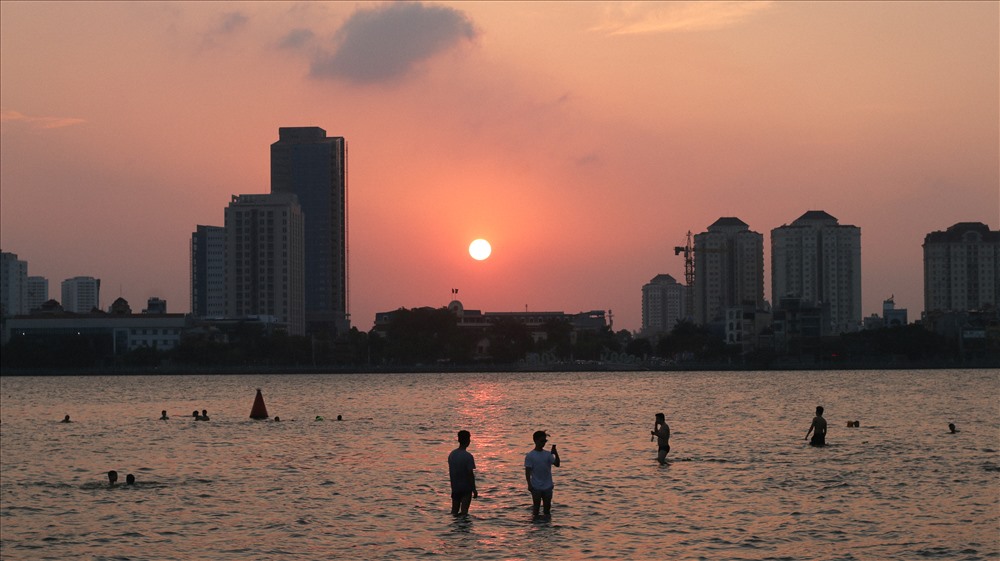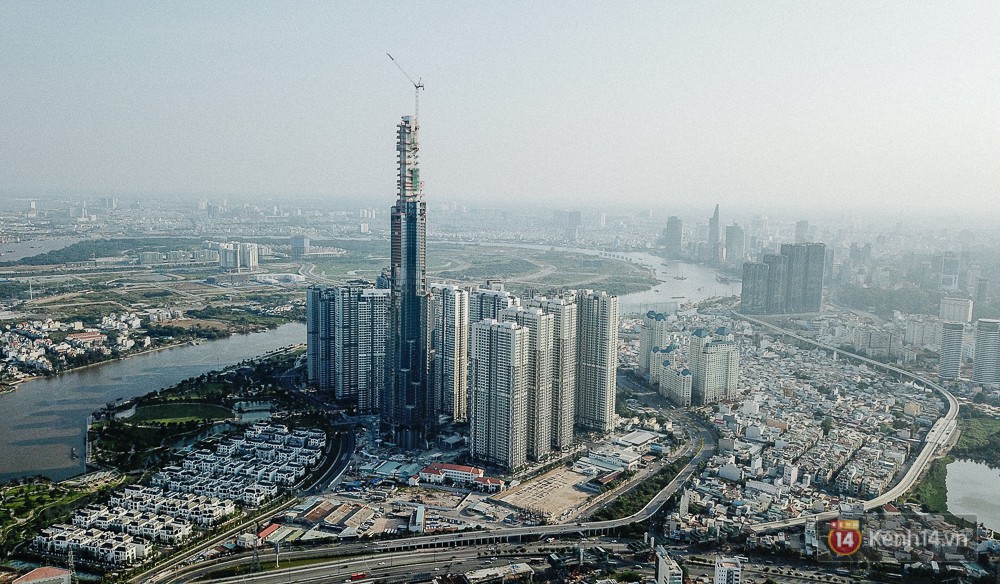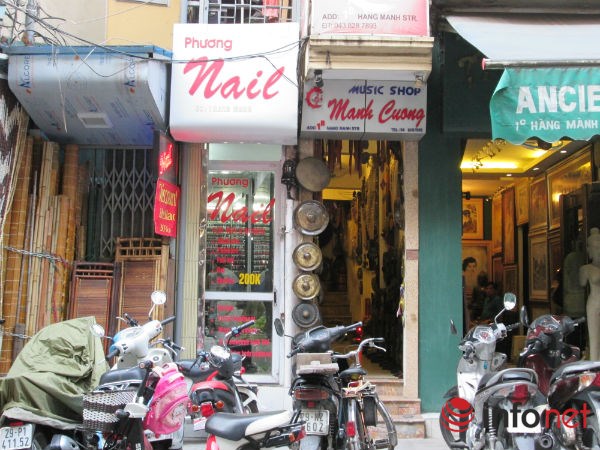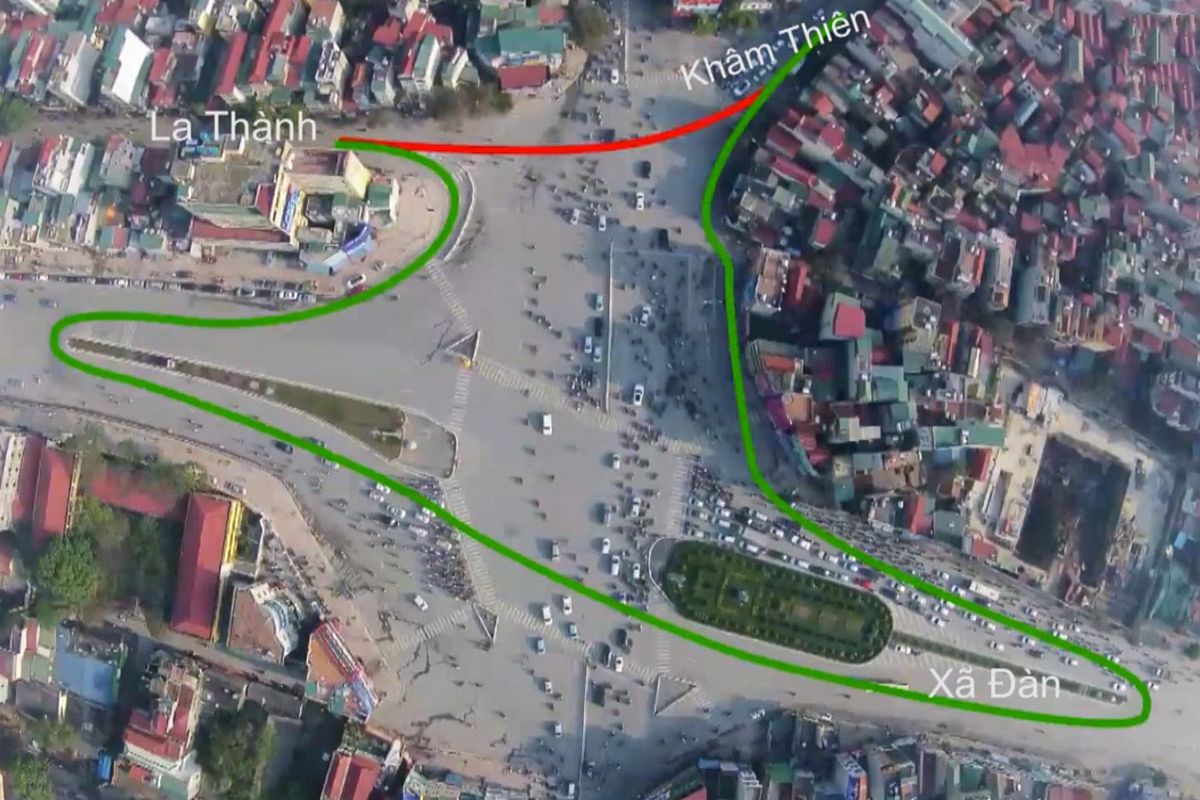Not only for Finland but also for Hanoi and other Vietnamese cities…
I just came across this very nice article on the blog of a Helsinki-based urbanist. The author discussed his/ her thoughts after visiting the two Asian mega-cities Hong Kong and Tokyo and drew up some lessons I find very meaningful for Hanoi and Saigon, and indeed for any other big city in the world. It is all about how to create a human-scale livable city out of a giant metropolitan area growing at a dizzying speed.
Some additional comments from my personal observations to reflect on the case of Hanoi:
1st lesson: The cities are a reminder that quality urbanism isn’t limited to historic neighborhoods
Of course I’m not 100% sure that Hanoi’s historic core can stand in as a case of ‘quality urbanism’. But it is a perfect example of how vernacular and modern architecture, street life vibrancy and economic vitality, traditional lifestyles and modernism, people of various income and social backgrounds mix up together in such a small area. The Old quarter is always packed with people and activities from early morning until late night. This can be easily testified if one observes what plays out on the pavements of the Vietnamese cities during a whole day. As many researchers have noted, pavements are …
But similarly to Hong Kong and Tokyo, urban life vibrancy is not limited to the historic quarter of Hanoi. As the city expands outwards, we still observe a human-driven urbanism that animates other parts of the city. Even in many modern new urban areas that are springing up across the city, this spontaneous DIY urbanism add a significant human touch to the originally rigidly planned buildings. As observed by Tran (2014), these “self-organising space production activities contribute to the urban quality of these new urban spaces” (1).

Somewhere in West Lake, which was used by people as a giant free outdoor swimming pool during the sweltering summer days. (Source: laodong.vn)

HH complex in Linh Dam was infamous among the general public for its blatant violations of construction standards and urban planning regulations. However, it is also there that we can see most clearly how various spontaneous space-sharing activities of different people contributes towards a bustling and vibrant atmosphere, though sometimes chaotic, around the building blocks. (Source: zing.vn)
2nd lesson: The global “super mixed use” is something to watch out for
I can’t help relating to projects developed by Vingroup in Hanoi (and already in Ho Chi Minh city). Even if we ignore the notorious reputation Vingroup’s projects have earned in terms of breaking urban planning regulations, their Vinhomes projects set dangerous standards of what “super mixed use” means in this case. Giant towers or super-imposing blocks of high rises like Landmark 81 or Royal City are hard for us to see any harmony between them and the surrounding landscape. And yet they are touted as having the utmost advantage of offering its residents the privilege of access to the full range of services without even getting out of the complex. Everything is available on site, all in one, from shopping malls to entertainment corners to private hospitals and schools. Even with all these private services, these complexes still put huge pressure on the local neighborhood in terms of the demand for public infrastructure and social amenities.
What makes me feel more irritated is how many people praise Vingroup for the merit of introducing Vietnamese urban residents to, as it is called, “a truly cosmopolitan lifestyle” that has for long evaded Vietnamese middle class. Vingroup has become to symbolize a new wave of private developers who leads the heroic mission of creating a new modern Hanoi and elevating the city to the same status of other Asian metropoles or European cities. Damage done by Vingroup (and other developers who are trying to follow its footsteps) to the city’s livability and human-scale urbanism has been definitely missed out from the public view. As the city becomes more and more project-led, rather than planning-led, in Vingroup-like style, it risks becoming more geographically fragmented, socially exclusive and environmentally unsustainable.

Times City (and its premium sister Park Hills), the biggest residential complex of Vingroup in Hanoi, to the left of the image. With 23 towers and over 10,000 apartments, private schools and hospital, a shopping mall, it is already a city in its own terms. (Source: zing.vn)

Landmark 81 in Ho Chi Minh City is now one of the highest skyscrapers of the world. It is part of the Vinhomes Central Park complex, with 17 residential towers and over 10,000 apartments. The project has been under fiery criticism for its brutal appropriation of Sai Gon River, its obstructive “anti-aesthetics” as a landscape eyesore, and its shady manipulation of planning standards. (Source: kenh14.vn)
3th lesson: Redevelopment and the global-local nexus and 4th lesson: A city can also work vertically

Colorfully lit facade of the apartment mall at No. 42 Nguyen Hue str., Ho Chi Minh city (Source: gody.vn)
A good example here can be found in Sai Gon at the apartment mall in No. 42 Nguyen Hue, 1st District. It used to be a pre-1975 collective block which was unintentionally converted into a mini commercial center due to its perfect location advantage in the middle of the city core. It became a major attraction for local youth and tourists as chic coffee shops and vintage-style fashion stores were opened in the renovated apartments. This seems a bit exceptional in Vietnamese cities where scooter-dependent customers prefer only ground floor shops which are easily accessible via entrances over front pavements. Gentrification seems inevitable in this case but it also illustrates the vast possibility to preserve vernacular architecture and to get it enriched with new elements of global trends.
Very unfortunately, all these shops at No. 42 Nguyen Hue str. were closed down after the local government requested them to relocate to conform to the Housing Law 2014 and Decree 99/2015 (which bans commercial businesses from operating inside residential units). The 42 Nguyen Hue block is just one of uncountable shoddy pre-1975 collectives which are waiting to be redeveloped in Sai Gon. It will be a difficult exercise to balance conflicting interests from current residents who simply want to stay, from the residents who still want to rent out their apartments to external businesses, from potential investors (who will want to maximise their profits from selling apartments and renting shophouses), etc. In any case, many people will love to see the gracefully charming shops back to continue to animate Sai Gon’s night life.
5th lesson: Make the most out of whatever space you have
I’ve been to Tokyo and I must admit that one can never stop to be amazed by how Tokyo people make the most use of any space they have (and they still got that little tiny space so well-organized!).
Here in Hanoi we can also see those space-valorizing practices like in any other city where space is an extremely limited resource. From minuscule shops that open onto the street via just 1-meter-wide front

Famous for its narrow long tube houses, Hanoi is also where you can easily find the super-tiny shophouses with just 1-metre-wide facade. The space limit does not prevent business in these houses from thriving. (Source: eva.vn)
to food stall customers who enjoy their meals or snacks on just 1-2 little stools

Street food stalls are popular among not only Vietnamese but also foreigners. All what you need to enjoy your drinks or snack is 1 stool to sit on and 1 stool to put the cup and plates.
to families who turn their rooftop into verdant urban gardens
.JPG)
Tiny gardens like this can provide abundant supply of clean vegetables to one average household in Hanoi. (Source: zilla.vn)
to Vietnamese cycle rickshaws and three-wheeled motorcycles which manages to snake through small alleyways to transport goods.
and of course, pavements where limits between public and private sphere always blur.

A small alleyway in the Old Quarter. This is where people sit down for a drink or chat with their neighbors, eat out at food stalls, do shopping, park their scooters, etc. (Source: vietnammoi.vn)
6th lesson: Small things can make density more livable
Vietnamese cities definitely need more of this. But I suppose that this will take time to come. In some sense, both local authorities and citizens of cities like Hanoi and Ho Chi Minh need time to learn how to live with density. Many Vietnamese may complain that we are already a very populous country with super-crowded cities. But if we look at Tokyo and Hong Kong, there remains a long way to go for Hanoians.
To put it in perspective, population density of Hanoi is still only above 2,200 people per square km, compared to over 6,000 for these other two cities (2). Even the most densely populated citiy of Vietnam is Sai Gon with over 3,800 people per square km. Yet in Hanoi, about 80% of total population never or rarely use the bus, the single public transport method available (3). Public transport system in Hanoi only accounts for about 10% of daily urban traffic, which is so minimal compared to Hong Kong and Tokyo (4). The situation is not much different in Sai Gon.
And what’s more, getting Vietnamese people into simple social etiquettes like queuing, observing traffic lights, refraining from being noisy or littering in public spaces, etc. is sometimes quite daunting task. Not even mention local government who is bad with their management or event organizing skills, which often results in their failure to maintaining order and creating comfort much needed for people to find urban density liveable.

Good luck driving through this intersection in Hanoi (And fingers crossed that no traffic police is nearby!) Bad road design, rampant in Vietnamese cities, becomes ridiculous in this case. Who will care to drive in a right way at the junction, if not just to avoid being caught by police? (Source: Saigoneer)

And this is what happened just recently when tickets for football match of ASEAN Foodball Federation Cup, which Vietnam National Team is among top candidates for the championship, were sold in My Dinh National Stadium. There are innumerable accounts of chaotic pushing, unruly quarreling, frenetic clamouring, fighting and even minor accidents. Vietnam Foodball Federation has been under fiery criticisms over its bad-handled and nontransparent distribution of tickets. (Source: tuoitre.vn)
- https://www.tandfonline.com/doi/full/10.1080/08111146.2014.967393?scroll=top&needAccess=true
- http://thoibaotaichinhvietnam.vn/pages/xa-hoi/2018-10-18/moi-nam-dan-so-ha-noi-tang-tuong-duong-mot-huyen-lon-63276.aspx
- http://kinhtedothi.vn/phat-trien-giao-thong-cong-cong-tai-ha-noi-phai-giai-nen-cho-loi-do-thi-291208.html
- https://vov.vn/xa-hoi/han-che-phuong-tien-ca-nhan-co-phai-la-giai-phap-tot-giam-un-tac-559953.vov
One of the best things is flaneuring across cities around the world. They’re all different, yet remarkably similar. It’s the perfect opportunity for reflecting how your own city or cities compare. Two places I’ve recently had the pleasure of exploring are Hong Kong and Tokyo.
These Far East mega cities may seem an odd couple at first, but there’s a key theme they share: they’ve been built over and over again. Hardcore redevelopment is part of their DNA.
View original post 2,289 more words
